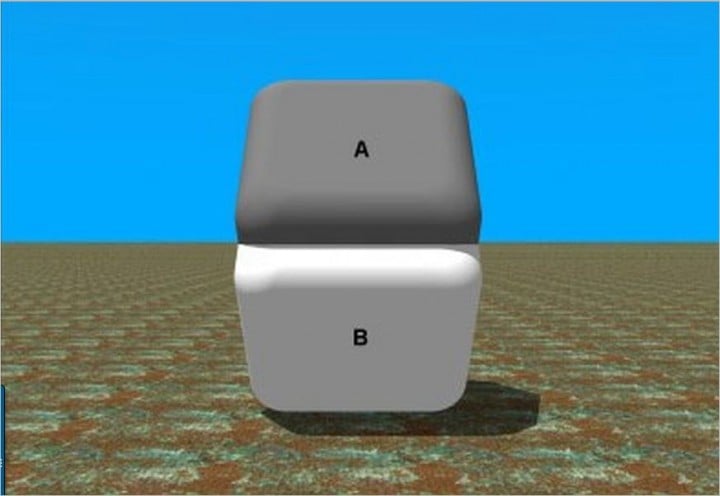
Before you run off to get your eyes checked, science is here to help you out.
We’re all still talking about The Dress. But what is bugging us now isn’t what colour it is (ahem, it’s clearly blue and black), but why we’re all seeing it differently.
There are a lot of theories floating around and a lot of explanations (with varying levels of reliability) – so we’ve decided to break it all down.
Dr Neil Miller, an ophthalmologist at the Wilmer Eye Institute at John Hopkins University in Maryland USA has shared his opinion.
“It has to do with the individual’s color perception. Presumably, the cones—the photoreceptors in the retina—that see the primary colors (red, blue, and green) either are functioning differently in different individuals or the information that gets to the area of the brain that interprets color (V4) is interpreted differently by different individuals.
What is interesting in either regard is that apparently people see the dress either as black/blue or white/gold—nothing in between. Thus, there must be a very consistent difference between these two groups, whether at the retinal level or at the level of the cerebral cortex.”
So according to Dr Miller, the differences are both biological and healthy.
In short, because of the way that our eyes are wired, everyone sees the world differently, and that includes how we interpret colour.
Dr Julia Haller, the ophthalmologist-in-chief at Wills Eye Hospital in Philadelphia, draws a simple analogy: “Why do some people love coriander and others say it tastes like soap? Why do some people have perfect pitch and others are tone deaf? It’s the same with vision — our sensory apparatus is fine tuned.”
So, our genetic diversity has resulted in us seeing colours differently (and singing karaoke with various degrees of success).


Top Comments
I also wonder whether ones knowledge of lighting and photography comes into it. I see the dress as blue, in fact - in all the images above (even when I'm meant to see a white/gold dress, the picture that made the Internet crazy, then a blue/black dress) it looks blue and black. Yes, the first image appears lighter in colour, but it still looks blue/black.
It's purple and brown.